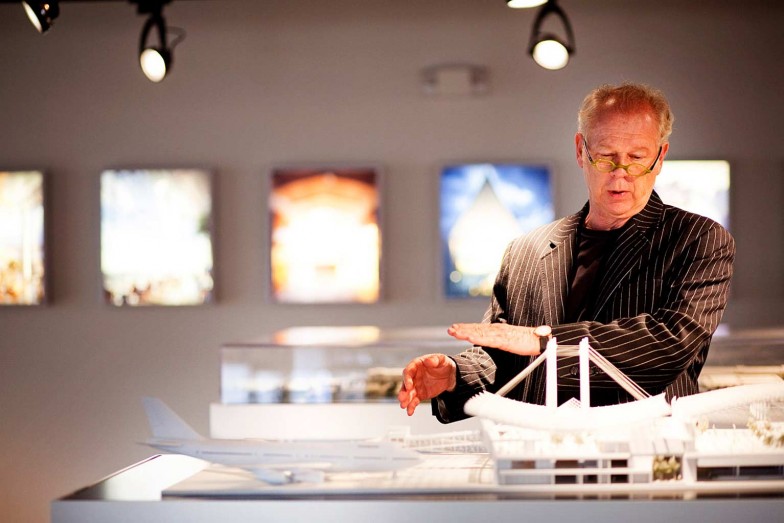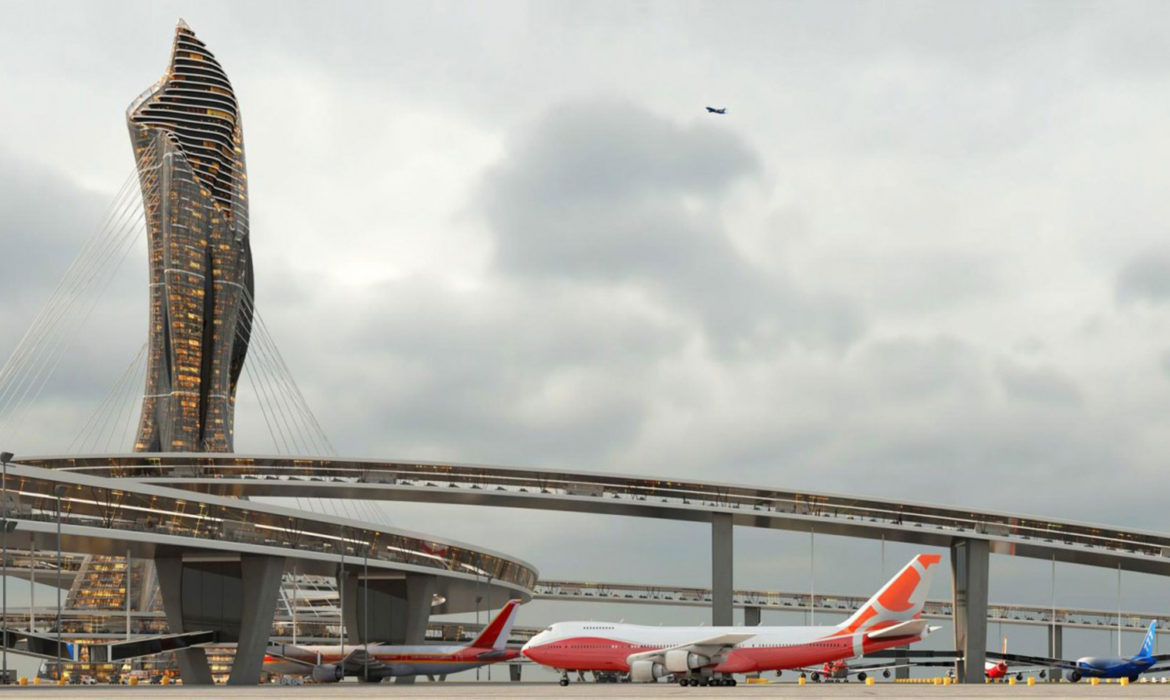RRe-envisioning airport mobility in the year 2100. Launching the competition promoted by the Fentress Global Challenge.

foto © Fentress Architects
One of the inevitable consequences of the Coronavirus will be to rethink and redesign many types of “spaces”. To guarantee the “distance” that we must all maintain now and in the coming months, and which we will probably have to observe even longer. The debate is on as to how to handle and organize access and customer experiences in restaurants, bars, retail spaces, as well as cinemas, theatres and work spaces.
There is one sector that more than any other will be forced to comply with the new requirements as soon as possible: the areas of public transport in which “crowding” occurs at the highest level.
To this end, an international competition has been launched, dedicated to imagining the airports of the future.. “Re-envisioning airport mobility in the year 2100” is the title of the annual edition of the Fentress Global Challenge (Fgc), an international competition dedicated to architecture and engineering students around the world, which since it first began, has received thousands of submissions from over 75 countries.
The 2020 edition looks forward, far forward, projecting all the way to the year 2100.
While it is true that the initiative did not arise with explicit reference to the Coronavirus, it is inevitable that the submissions must take it into account, considering the current situation and the implications it carries.
The year 2100 is certainly far away. In 80 years, the world will no longer be the same as it is today, and the organizers of the competition start with the premise that mobility between one continent and another will continue to grow, and that the airports of the future must consequently be designed to take into account a flow that is estimated to intensify at great speed. And that most airports, designed many years ago, are no longer able to respond as neededbto a demand for travel that was underestimated in their time. The terminals, conceived a century ago, were designed, like many other buildings, considering their destination as more than simple places of transit.

foto © Fentress Architects
But requirements have changed over time, and changed considerably: airports are now workplaces in their own right and host a growing number of retail activities as well as recreational and even cultural spaces.
So what will happen in 2100? What characteristics must airports have in the future? Fgc gives applicants a series of instructions: to design the terminals they must first consider parameters such as estimates of growth in the world population, environmental conditions, the presence of infrastructure and even the potential travel destinations. The specific location must therefore take into account the relationship with the city and the districts, the characteristics of the climate and of nature, the culture of local populations, the habits of local communities without forgetting “scents” and “flavours”, in other words, the total identity of the “location”.
The purpose of the competition also to create terminals that can improve the traveller experience in terms of access, safety, entertainment.

foto © Fentress Architects
Above all, the new terminals must be designed to take into account their future “scalability” and “resilience”, meaning that they must be able to adapt to changing requirements, and even take into consideration extreme situations such as environmental catastrophes or emergencies such as the one we are experiencing now with the Coronavirus pandemic.
To help orient the participants, Fentress lists the eight milestones in the architectural design of public spaces, in a specific section of its website. There is also a list of the 20 airports considered to be the most “populous” in the world: from the Hartsfield-Jackson airport in Atlanta to the Changi Airport in Singapore and Schiphol in Amsterdam, Heathrow in London and the Charles de Gaulle in Paris.
Applicants will have up to July 1st to present their design ideas: the shortlist will be announced on September 4th and the winners will be announced on October 2nd. The winner will receive a 15 thousand dollar cash prize, the second and third place winners respectively 3 thousand and 2 thousand dollars. Two projects will receive a special “honourable mention” prize of one thousand dollars each.
© ALL RIGHTS RESERVED
translation by Olga Barmine






